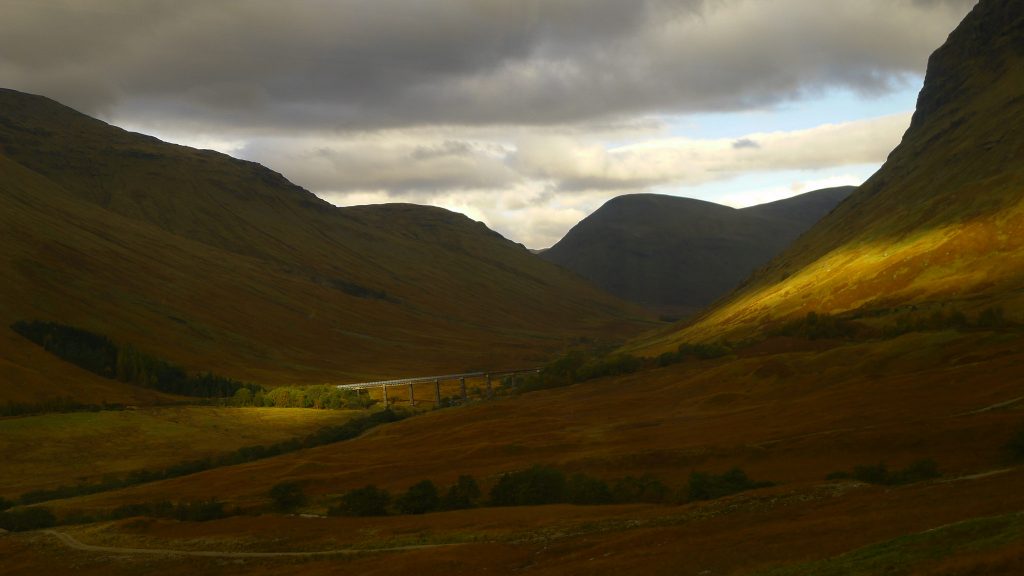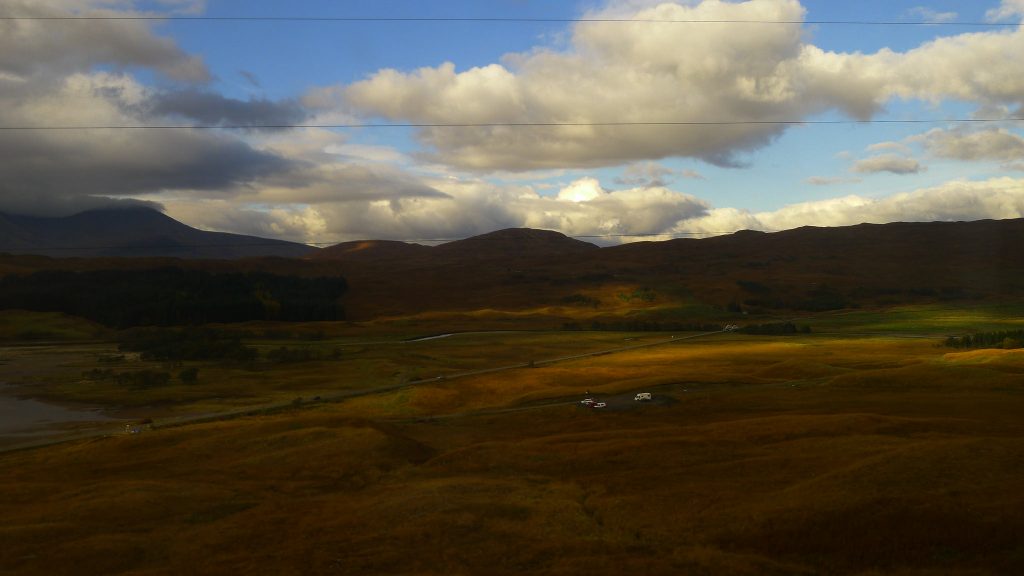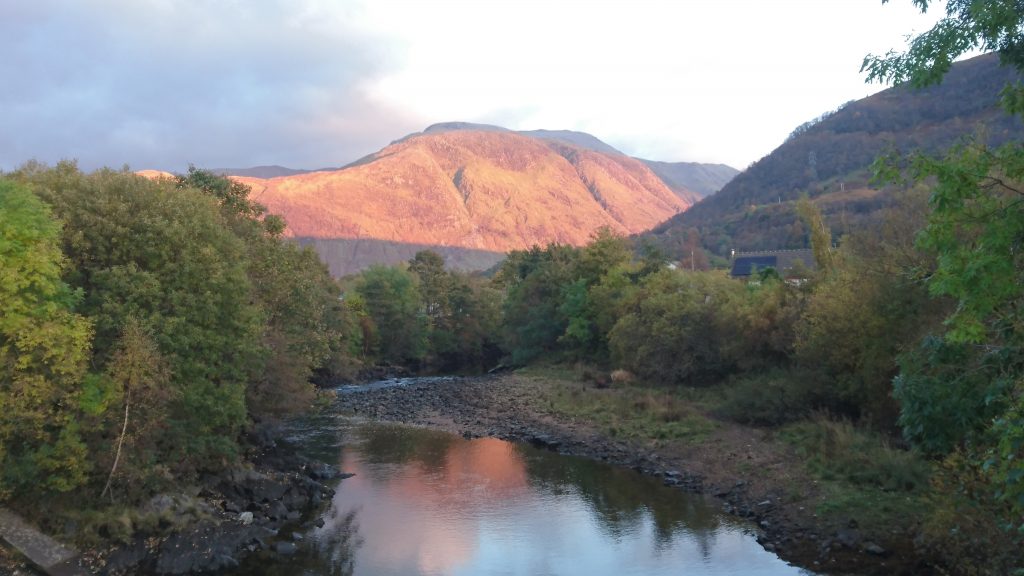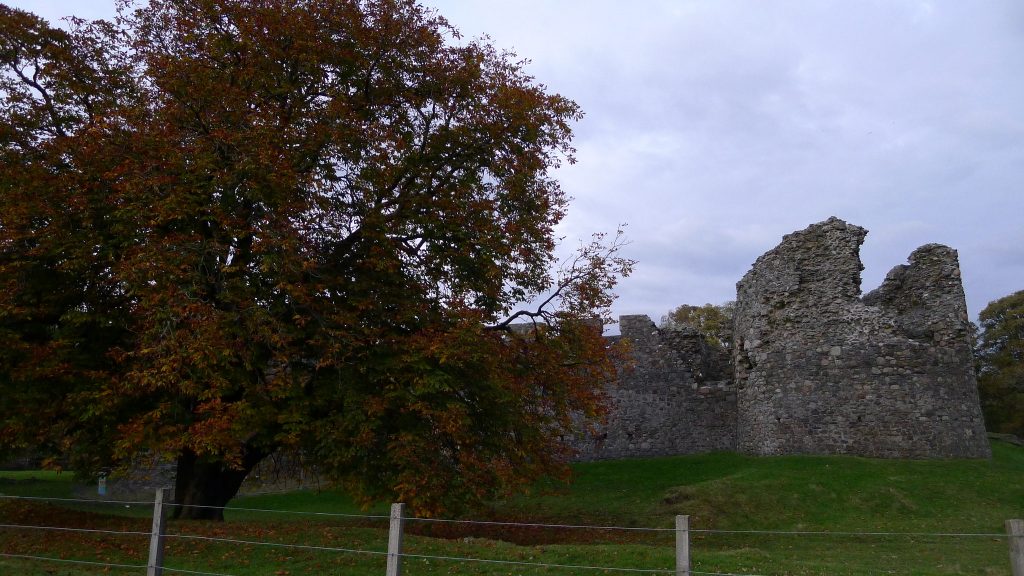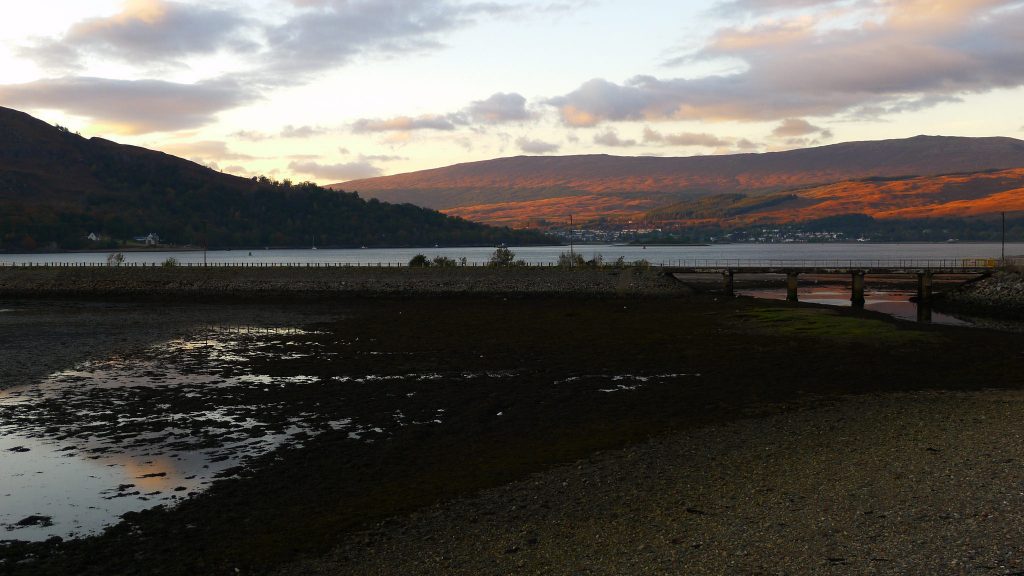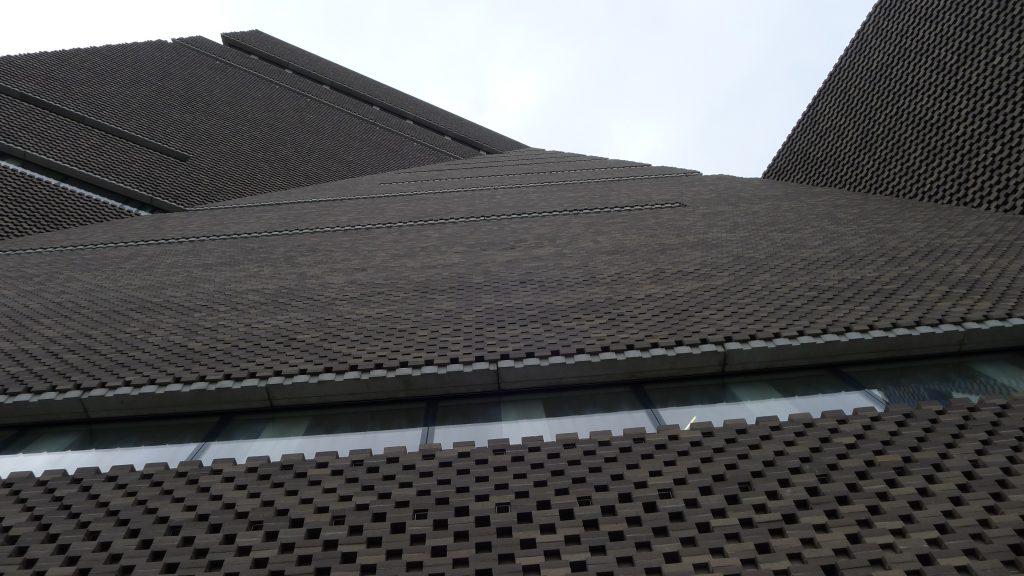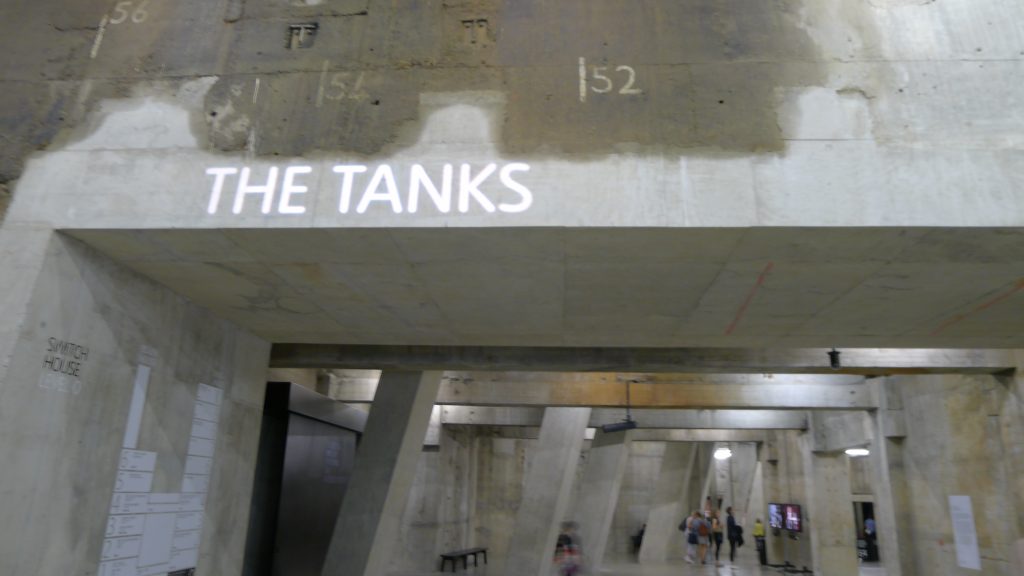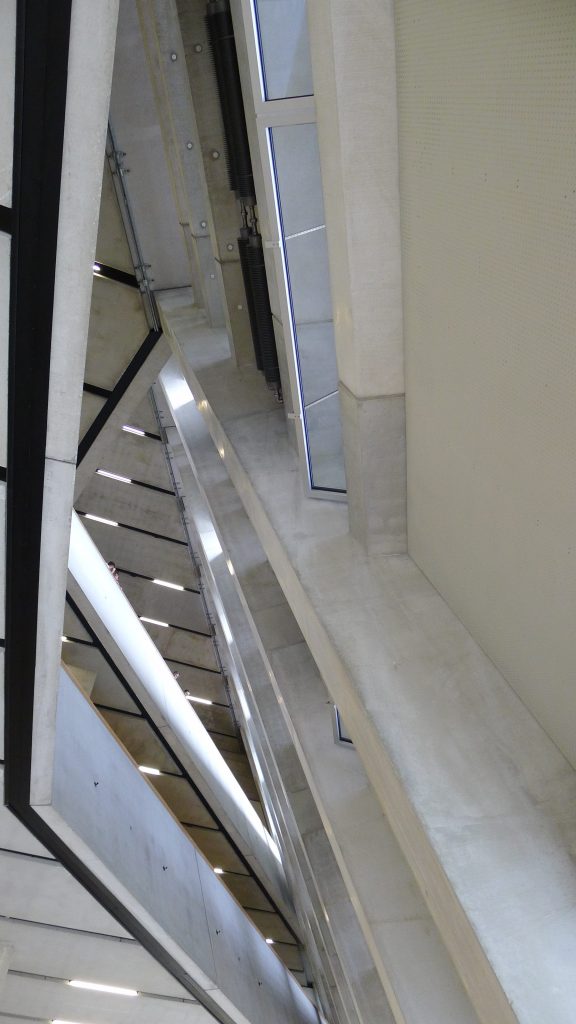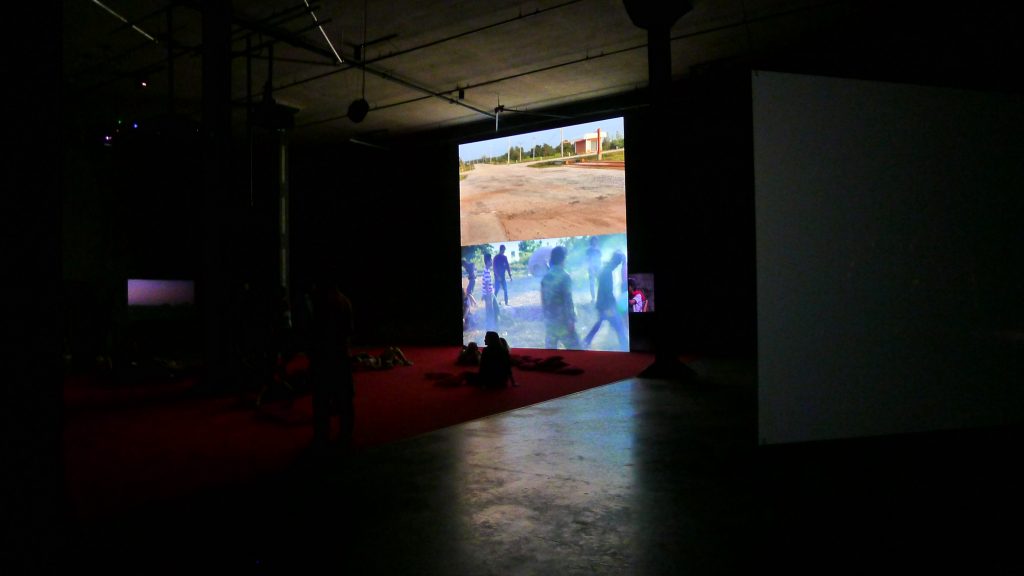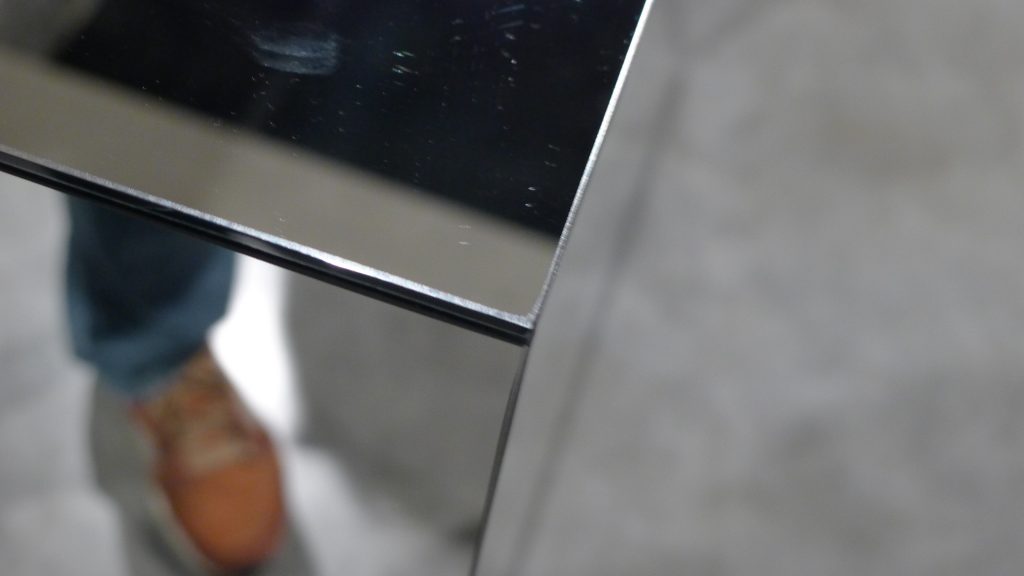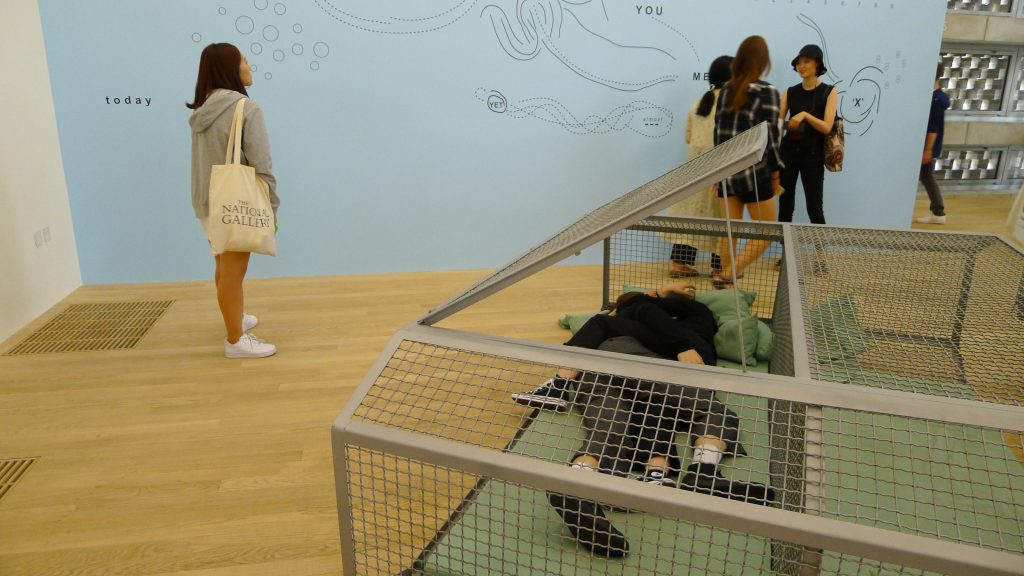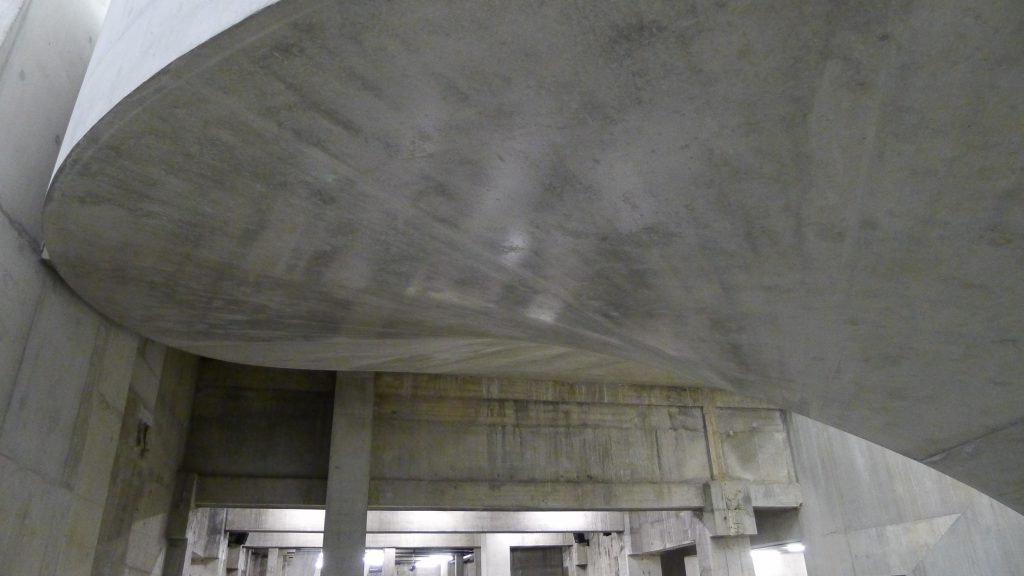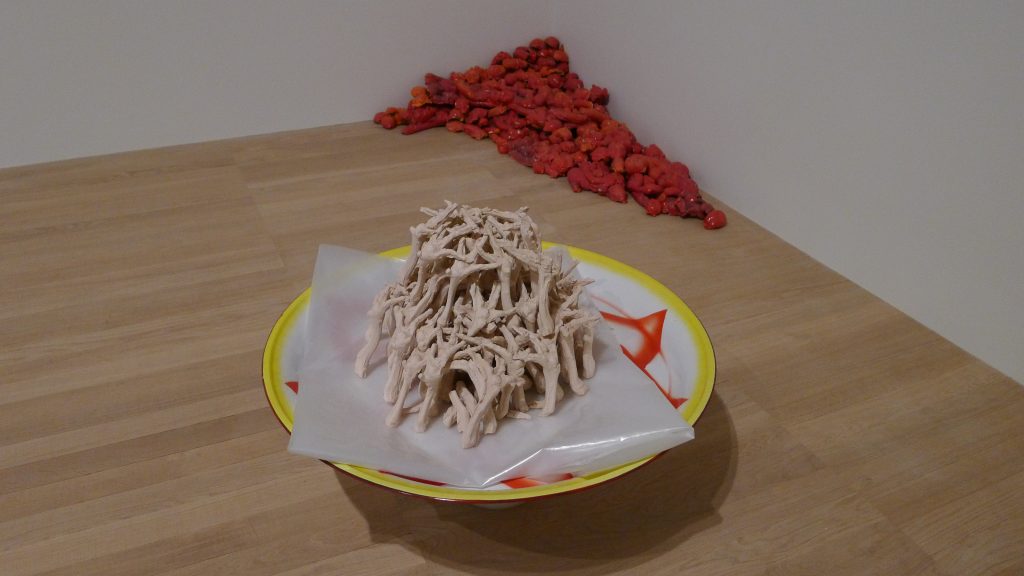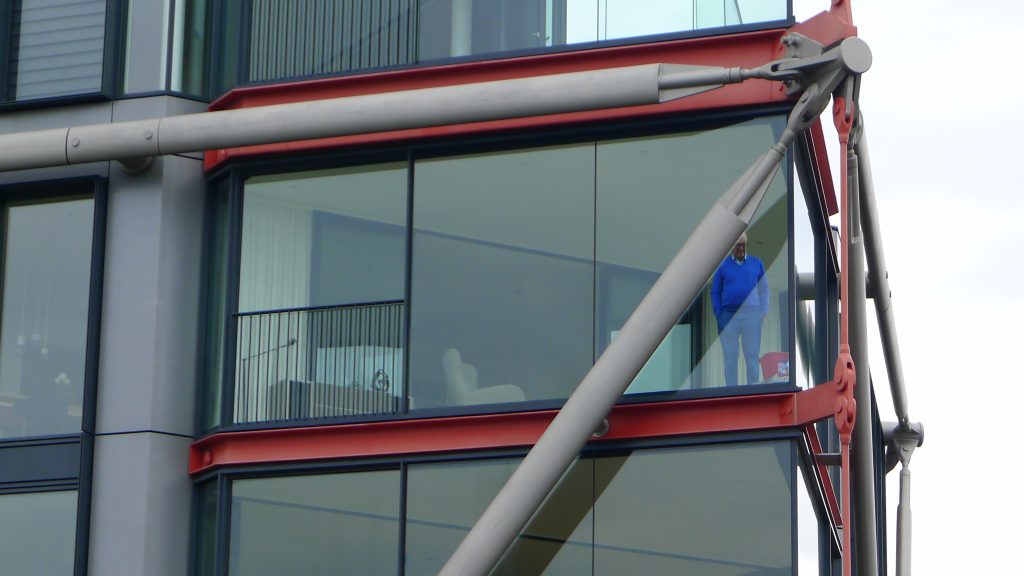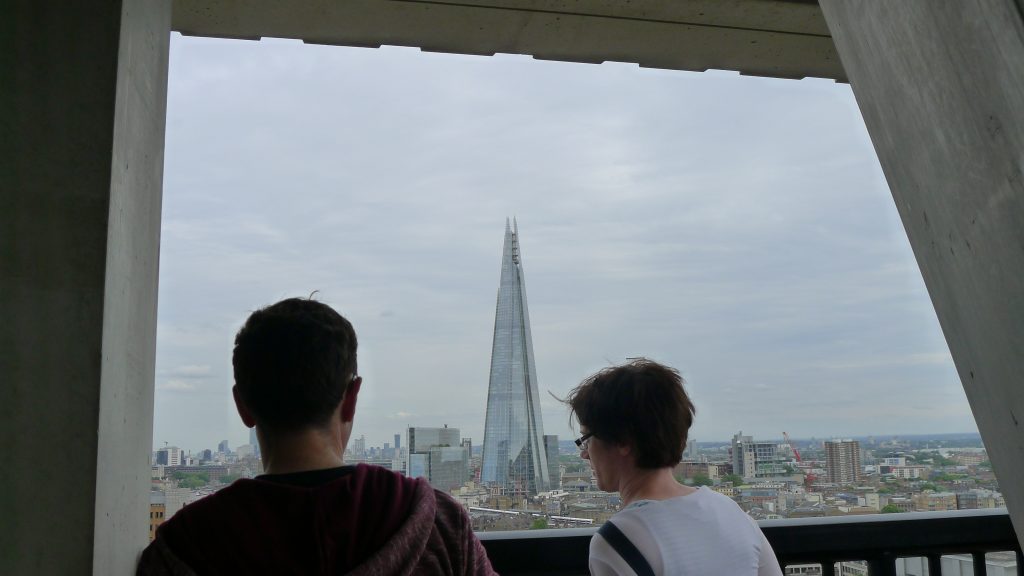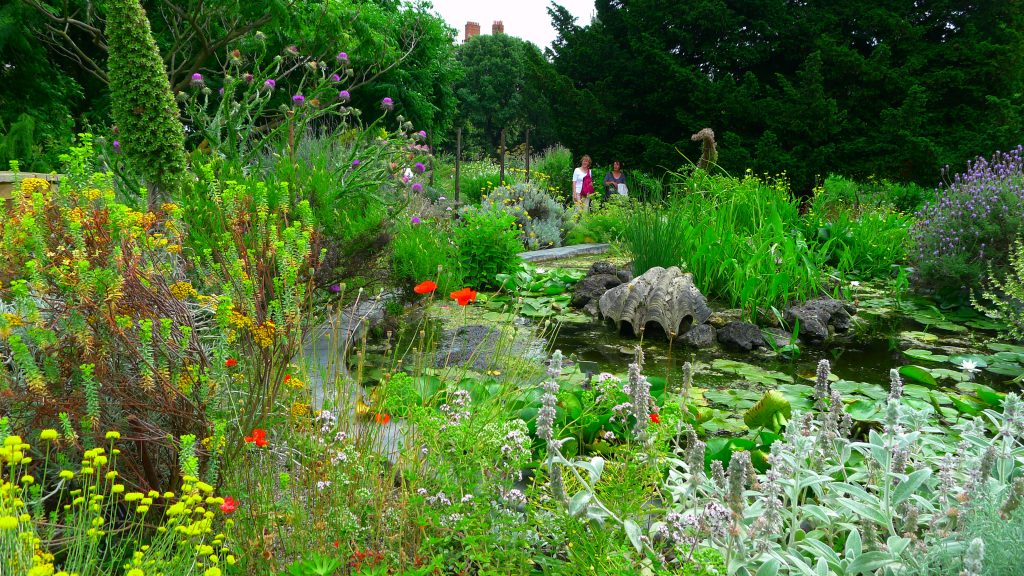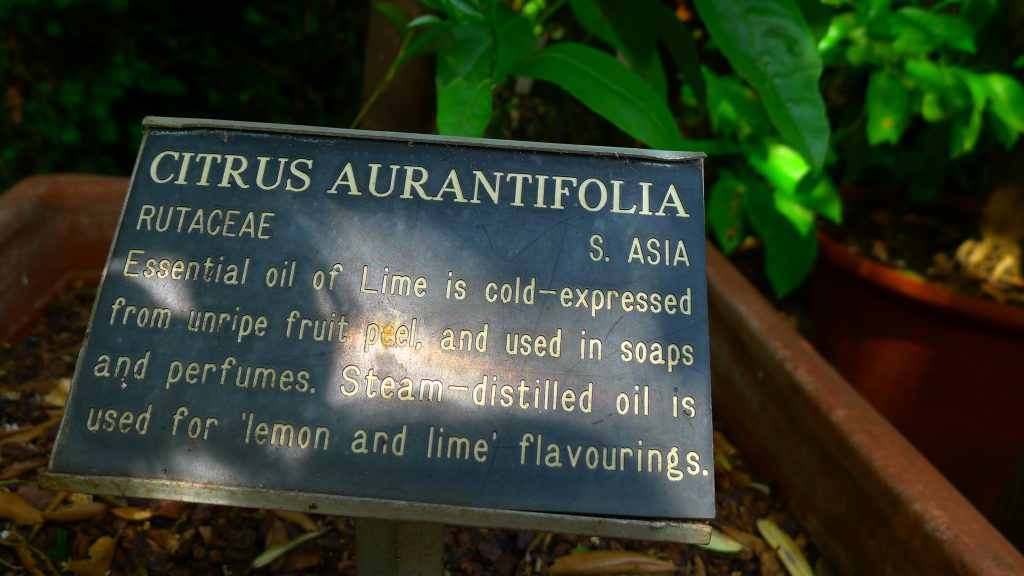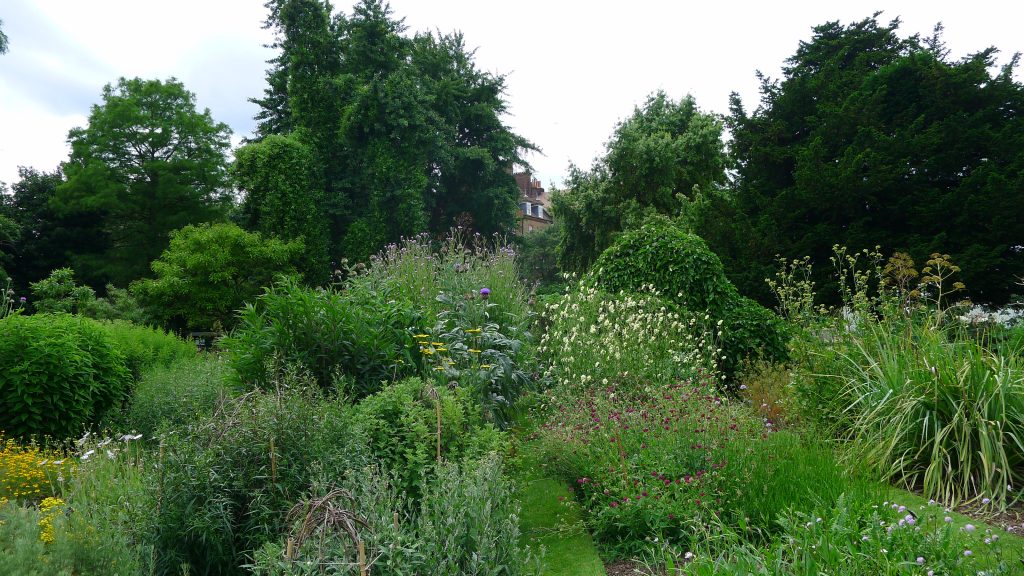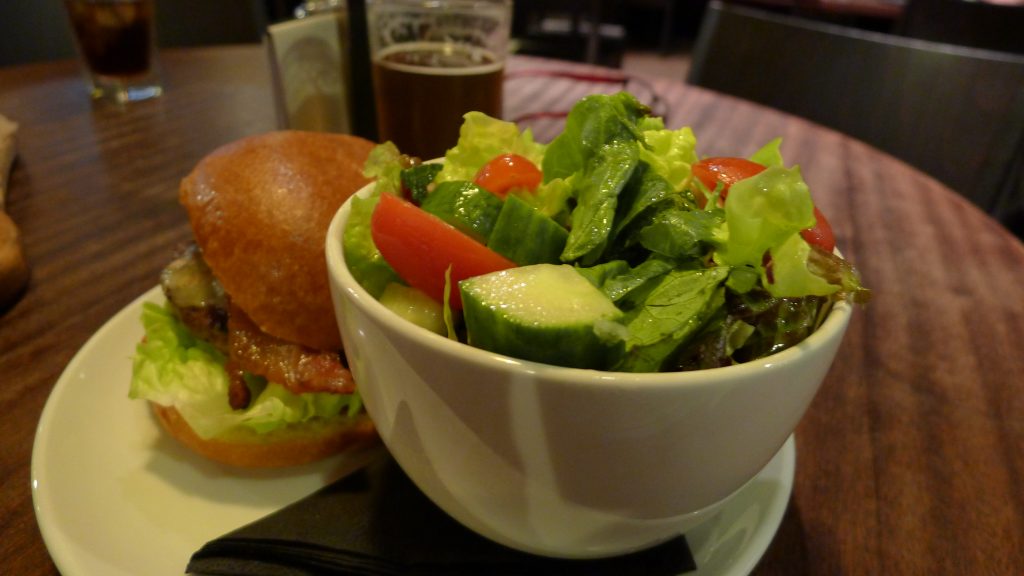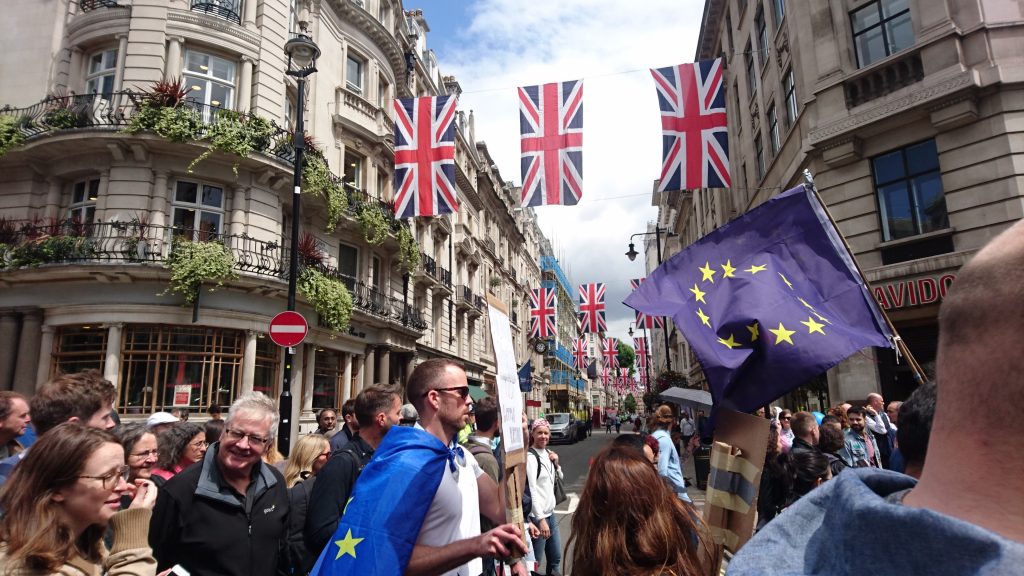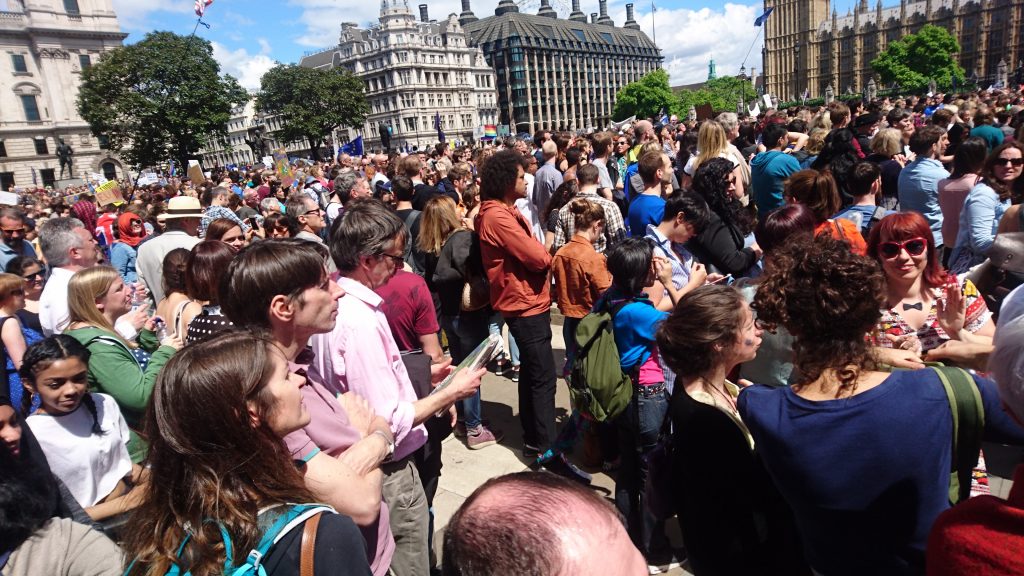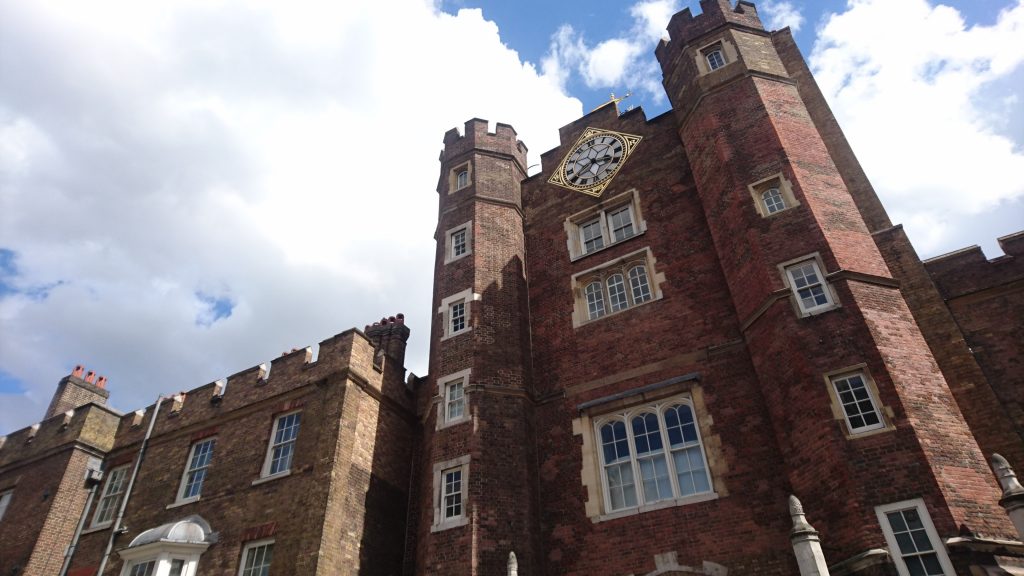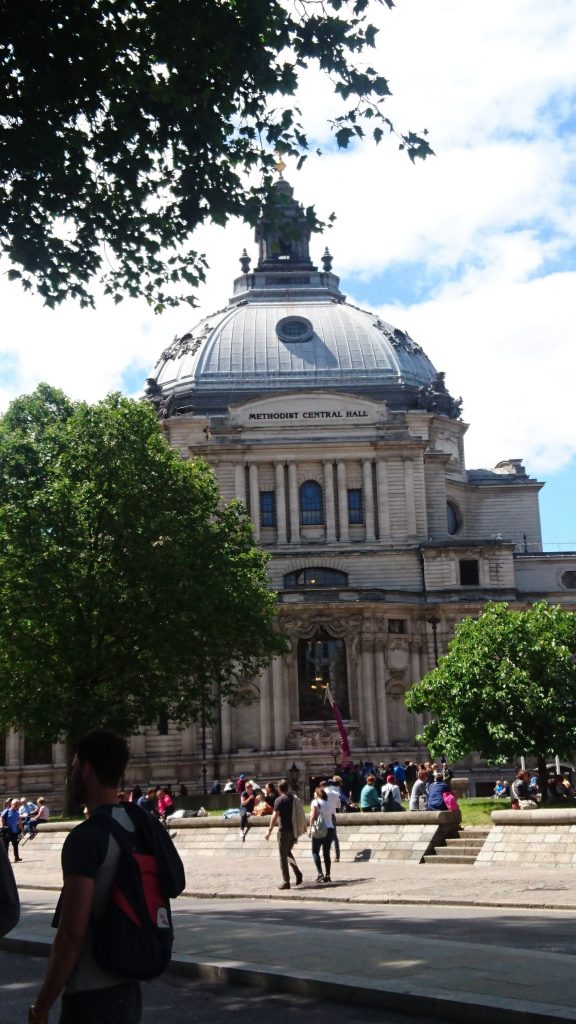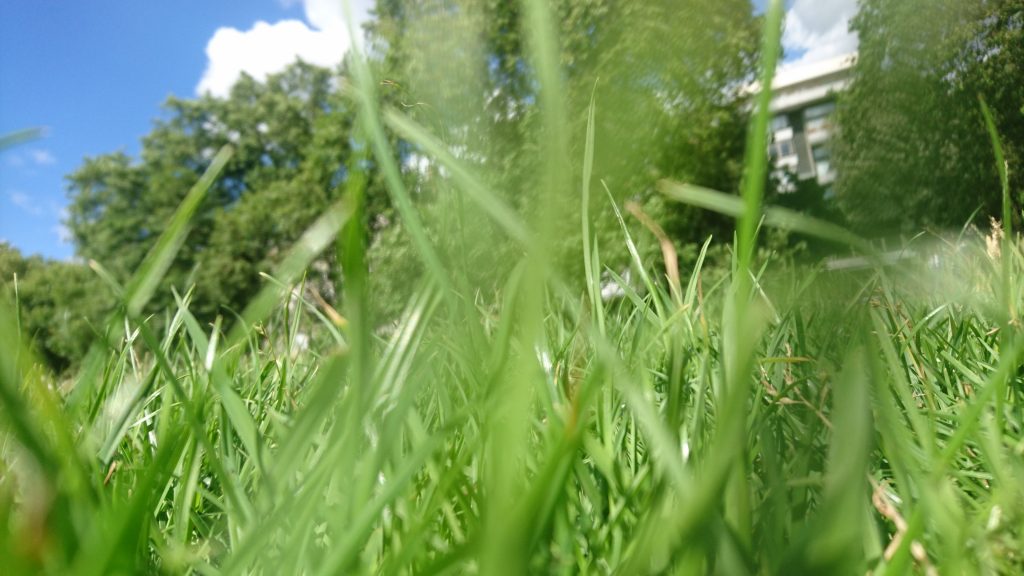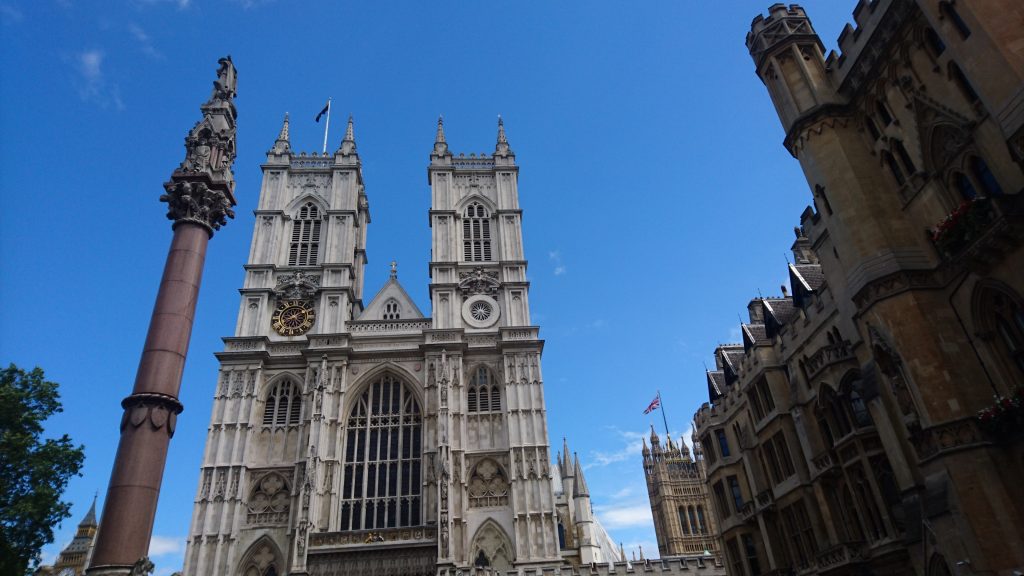The first thing I saw after leaving the train at Liverpool Lime Street was a man, perhaps on his way to a wedding, or perhaps just dressed like an unexploded bomb. Any sudden move and that jacket was going to blow. The trousers were held in place only by a belt and, I presume, a judicious application of glue. It was a fascinating outfit that worked hard to re-introduce me to Liverpool, one of the finest cities in Britain. We were staying at Hatter’s hostel, and immediately my hopes of being able to freshen up after being trapped in a Virgin train, where a light whiff of sewage permeates everything, were dashed by the receptionists. Check in was 2pm, said the desk bureaucrats. With our luggage stowed, we left to explore the city, with that sweet smell of toilets clinging to us.
In my mind the first port of call for someone who’s never been to Liverpool before is the Metropolitan Cathedral; it’s the sort of place where I could be turned into someone vaguely religious, given enough time and if the services weren’t dreary, long or religious. As cathedrals go, it’s a modern masterpiece on top of a lost masterpiece. The original design was by Edwin Lutyens, with a dome rising to 90 metres. It was planned to be open 24 hours a day, with heated floors so that homeless people would have a place to sleep. Naturally, after World War 2, making enormous cathedrals didn’t fit in with the general vibe of having no money, so the building work ground to a halt. The only part of Lutyens building to be completed was the crypt, which you can visit today. It is a real surprise to go from the technicolour glory of the modern cathedral into the vast space of the crypt. Millions of bricks line the walls and the ceilings curve up into entrancing swirling shapes. Within the crypt was a history of the cathedral, including letters from church bosses to the architects about the need to stick to a miniscule budget of £1,000,000. They chose Frederick Gibberd’s bold design, and it’s a discount version of Oscar Niemeyer’s Metropolitan Cathedral of Brasilia. The result of the penny-pinching was that Gibberd’s building started falling apart almost immediately and fixing it took some ingenuity. The crypt gallery shows a bizarre image of an archer shooting down parts of the rotting ceiling with an arrow. Now it’s all repaired, it is a joy to look at from every angle. The interiors use the space and light to such good effect, I wish every city could have a building so perfect for its purpose. I love how the cathedral was designed to bring the altar into the round, making the congregation a central part of all that happens there. I couldn’t help thinking it’d make a brilliant venue for gigs.
After the cathedral, we headed to the Philharmonic pub, which is only a short walk away. It’s a wonderful place to spend some time in a degree of elegance, with the men’s toilets being a revered stop on a bog-based tour. Thirty men shuffle into the opulent pee palace, without buying anything from the pub, looking confused and embarrassed by it all, while some chap exclaimed that the taps were from the 1920s. The Phil is so well-regarded that Paul McCartney himself said the thing he misses most about being not being famous is being able to pop in for a pint. But Macca, the toilets still smell bad. I had a coke in the pub, as I was doing Sober October. Everyone looked like a pint of cool, crisp lager. Being near Halloween, it could have been fancy dress.
Next we found, alongside everyone else, the Cavern Club. There are entry fees at certain times of the week and we didn’t want to be charged, but when you’re inside, the magic of The Beatles hits hard. There’s no overstating the importance of the band, and seeing the tiny stage where they played 275 times feels quite special. The club is decked out with some incredible Beatles memorabilia including cabinets full of signed guitars, setlists, a flyer signed by iconic legend Jessie J about the Cavern’s printer being shit. Yes, you can tell the glory days are over when you read that China Crisis are performing there for a festive show, but it’s always going to be one of the most important places in music history.
Dinner was served by the lovely folk at Oktopus, which is hidden away down an alleyway you’d not venture towards if you didn’t know delicious food was at the other end. The space is as cosy as can be, with standard regulation stripped-back walls and open-plan kitchen. The sourdough bread and beer butter was a major success, and sharing plates make tasty and inventive use of carrots. With firm bites and explosions of flavour, these were special. Topped with pesto, ricotta and walnuts, this was one of the best bits of the meal. The chickpea panisse came with a fabulously rich black olive caramel and the whole fish arrived in foil with fantastic roasted tomatoes and potatoes all cooked to perfection.
Our postprandial stroll took us down to Pier Head and to the three graces, which Liverpool is rightly famous for. The Royal Liver building is the most recognisable, soaring up to just shy of 100 metres, with clock towers at the peak. It is an example of concrete construction done with flair and it has a feeling of a New York skyscraper about it. The Cunard Building is a rectangular beauty, just six storeys high, and The Port of Liverpool Building is full of classical touches, such as the dome, and the building itself is said to be taken from an unused design of Liverpool’s Anglican cathedral. As a trio, they create an instantly recognisable waterfront skyline, making sure you realise that Liverpool, at one time at least, was very important. But god knows, the city doesn’t look after it as much as it ought to. There’s the Mann Island development, which hides the three Graces away with angular glass and metal shards poking about. It’s not pretty, and while no city should be preserved in aspic, it’s always worth caring for your heritage. There are further plans for trashing the area with outsized residential towers, letting affordable housing pledges die on the vine. Just beyond is the rubbish ocean-liner stylings of the Mercure Hotel and another couple of hideous monstrosities lurking behind it like unwelcome party guests. At certain angles, these carbuncles are thankfully out of sight and only then does the sheer glory of the three graces hits you like a gust of wind off the Mersey.
The next morning, sunlight streamed through the crack in the curtain and we were set for a perfect autumn day. I’d had a surprisingly excellent night’s sleep on the Hatter’s Hostel mattress, made of springs with some loo roll strung between them. Refreshed, we had a traditional hostel breakfast. This is usually non-brand name cereal and toast that goes through the bread conveyor belt in a very specific order. First time through = crunchy bread and second time through = ash. I spread some non-brand chocolate derivative onto crunchy bread and sighed. I shouldn’t have been such a cheapskate. After this depressing breakfast, we headed to Bold Street coffee to have breakfast again, but this time in style. After breakfast two, we boarded the train to Formby, just 30 minutes outside Liverpool. In Formby, you can venture into the woods to find red squirrels, making this just the second time I’d seen them, so it was very exciting to walk down the pathway and almost immediately see a family of the critters playing. In the UK, just 140,000 remain, mostly in Scotland. Red squirrels are pocket-sized bundles of cuteness, and their scampering about is very pleasing to watch, knowing that they are so rare in the UK.
The National Trust has red squirrel paths and many other routes around the woods, some signposts leading to a route called the Asparagus trail, which takes you through farmland used to grow delicious asparagus for a short season every year. The history of the area is also apparent in fields labelled Tobacco waste and Nicotine fields. Between the 1950s and 1970s, tobacco leaf waste was dumped by the beach. As you proceed to the sea, you come across sand dunes that seem so incongruous with the surrounding area, but this is what makes the landscape so surprising and wonderful to explore. The dunes are dramatic around Formby Point and this is part of the largest area of sand dunes in England, which is rapidly receding up to as much as four metres a year.
Back to Liverpool and dinner at Maray. I was wise and reserved ahead, but for some reason I did so for the night after. Maray was already busy and looked to be fully booked for the evening, but after some table magic was completed, we were seated for a wonderful meal inspired by the middle east. We had dishes including half a cauliflower slathered with tahini, harissa and yoghurt which was far better than my description would suggest. The scallops in a parsnip puree flew off my plate, as did the buttermilk fried chicken with a red cabbage ketchup. I had a mocktail and loved it, whereas my friend was knocking back a gin cocktail like a monster. Sober for October will turn you against friends and loved ones. The meal, which was too enormous for us to eat didn’t even hit £40 for the both of us. Wonderful service and excellent value for money, Maray is a gem.
Our final exploration of the city was the following day where we wisely ditched the crunchy bread and ersatz coffee, and had breakfast at a local café. We went to the Albert Docks to see what was on at Tate Liverpool. An exhibition of Roy Lichtenstein Pop Art was there and as much as I enjoy his work, I couldn’t help but feel the novelty wore thin after a while. And yet, there’s not much more iconic than this, and it was free. Their main collection holds some fantastic pieces, including photographs by Gillian Wearing and Cindy Sherman. Next door is a museum devoted to Liverpool’s maritime history and, attached to it, a slavery museum. It’s hard to come to terms with how the plight of slaves made Liverpool so important, not to mention so prosperous. One and a half million African slaves were transported from Liverpool to America so a visit to Liverpool, with its fine civic architecture, is loaded with a hideous past.
As our sewage-tainted train pulled out of Liverpool Lime Street back to London, I knew that I’d be coming back to Liverpool. It’s a fantastic city where Conservatives and The Sun newspaper aren’t welcome. These are my sort of people.





























